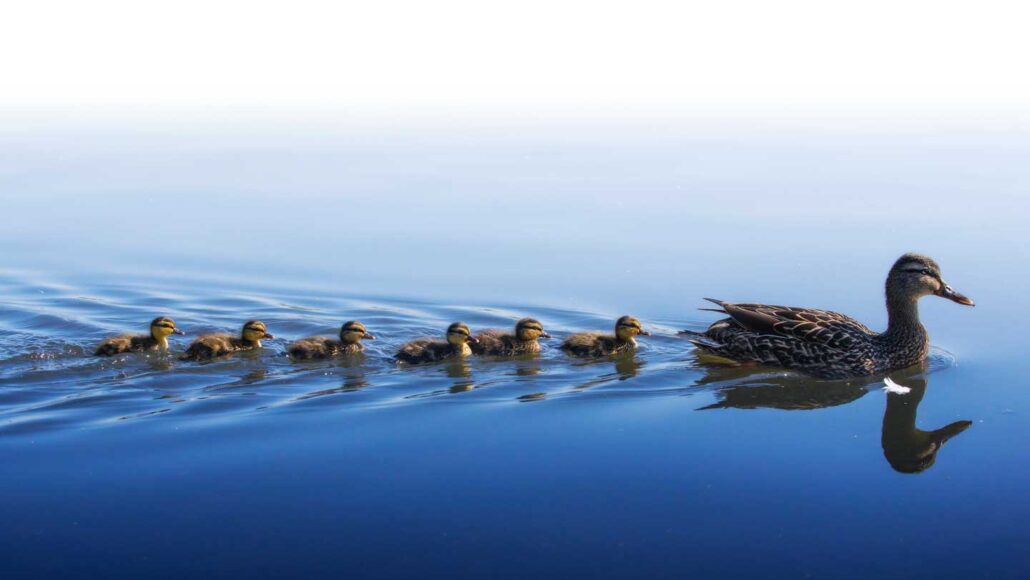brood: A group of related animals that emerges in a specific region in the same year. Depending on the animal type, the collective group is sometimes also known as a year class. (verb) The act of guarding and/or incubating eggs.
colleague: Someone who works with another; a co-worker or team member.
fluid mechanics: The study of the properties of fluids (liquids and gases) and their reactions to the forces acting upon them under various conditions.
mechanics: The study of how things move.
sibling: An offspring that shares the same parents (with its brother or sister).
simulation: (v. simulate) An analysis, often made using a computer, of some conditions, functions or appearance of a physical system. A computer program would do this by using mathematical operations that can describe the system and how it might change over time or in response to different anticipated situations.
wake: An area of disturbed air or water left behind an object (such as a boat or animal) moving through it. Or a term for the collective events kicked off by a momentous decision or occurrence.
wave: A disturbance or variation that travels through space and matter in a regular, oscillating fashion.








